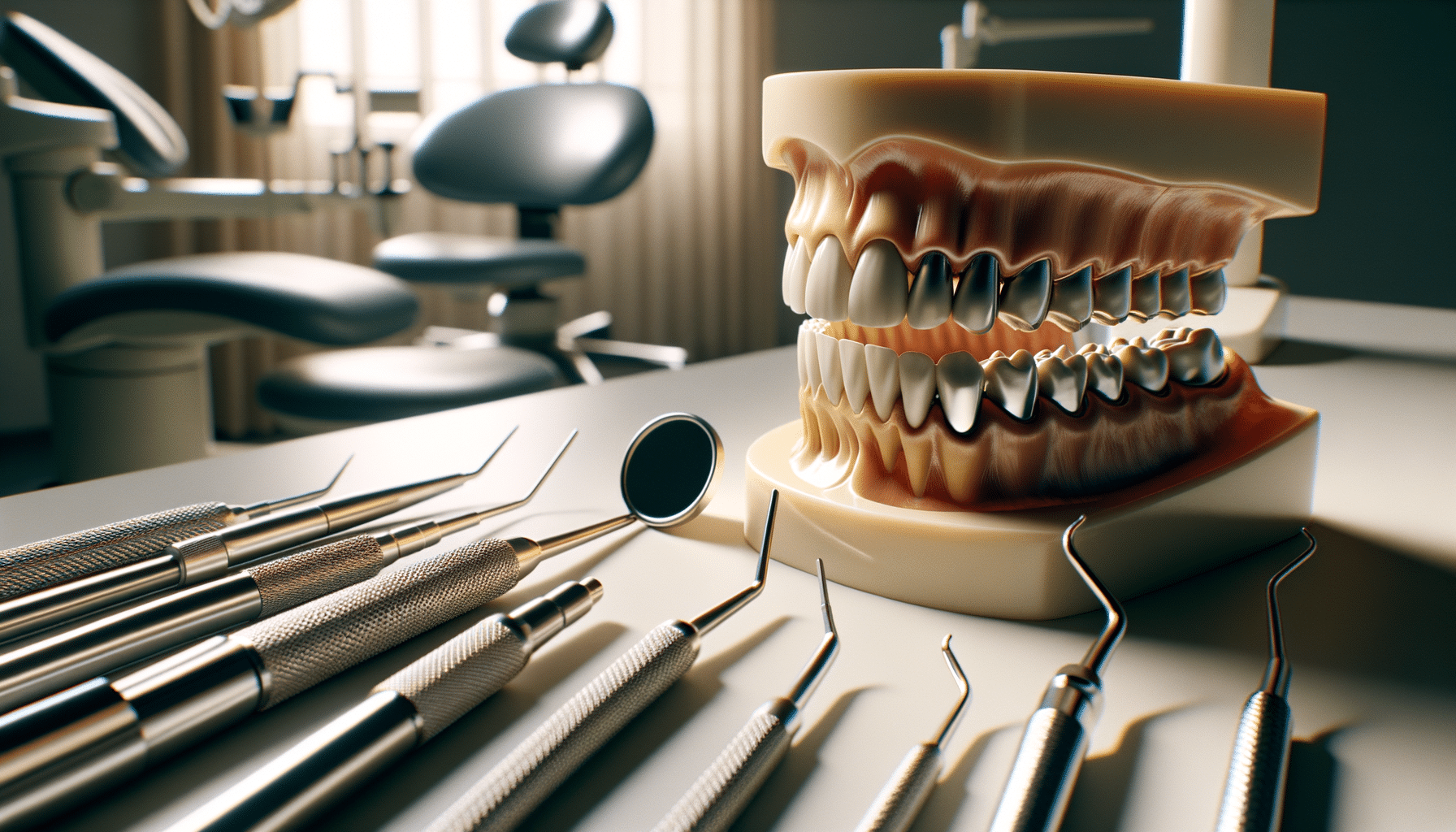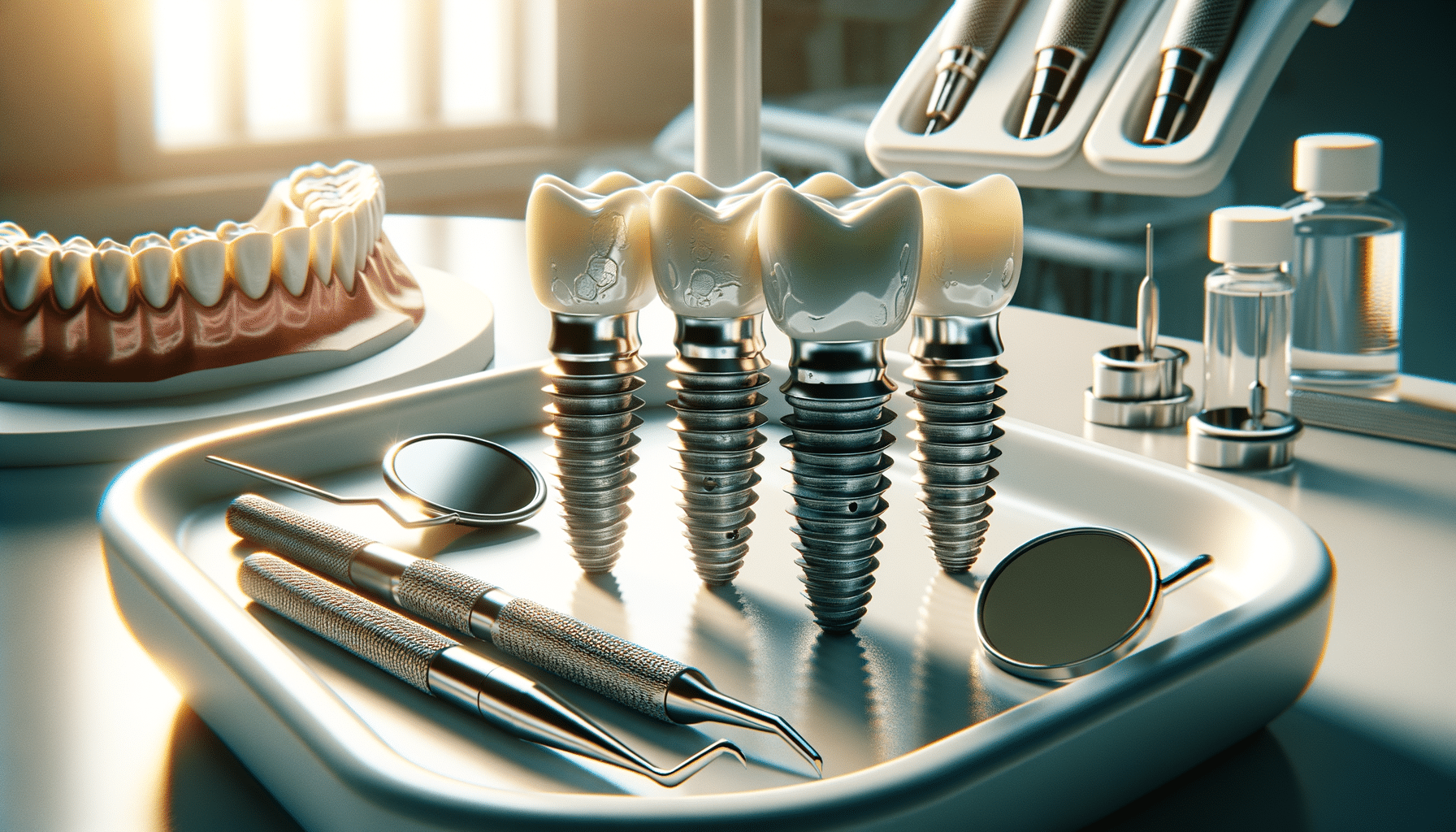
Exploring the World of Dental Implants: Options and Insights
Introduction to Dental Implants
Dental implants have revolutionized the field of dentistry, offering a reliable and long-lasting solution for individuals who have lost teeth due to injury, decay, or other reasons. Unlike traditional dentures, dental implants provide a permanent and natural-looking alternative that not only restores the function of missing teeth but also improves the aesthetics of a smile. The importance of dental implants cannot be overstated, as they contribute significantly to oral health, self-esteem, and overall quality of life.
As we delve into the intricacies of dental implants, we’ll explore the various Dental Implants Options available, the procedures involved, and the benefits they offer. This comprehensive guide aims to provide valuable insights for anyone considering dental implants as a solution to their dental needs.
Understanding Dental Implants Options
When it comes to dental implants, there are several options to consider, each tailored to specific needs and conditions. Understanding these options is crucial in making an informed decision that aligns with individual dental health goals.
One of the primary Dental Implants Options is the endosteal implant, which is the most commonly used type. These implants are inserted directly into the jawbone, providing a stable foundation for artificial teeth. Another option is the subperiosteal implant, which is placed under the gum but above the jawbone, suitable for patients with insufficient bone height who cannot undergo bone augmentation procedures.
In addition to these, there are mini implants, which are smaller in diameter and often used for stabilizing lower arch dentures. The choice of implant depends on various factors, including the patient’s bone structure, oral health, and the specific requirements of their dental restoration.
- Endosteal Implants: Ideal for most patients with adequate bone density.
- Subperiosteal Implants: Suitable for those with minimal bone height.
- Mini Implants: Often used for stabilizing dentures.
Consulting with a dental professional is essential to determine the most suitable implant option based on individual circumstances.
The Dental Implant Procedure: What to Expect
The process of getting dental implants involves several stages, each critical to ensuring the success and longevity of the implants. Initially, a thorough evaluation is conducted to assess the patient’s oral health and bone structure. This may involve X-rays or 3D imaging to plan the procedure accurately.
Once the assessment is complete, the next step is the surgical placement of the implant into the jawbone. This procedure is typically performed under local anesthesia, ensuring a pain-free experience. After the implant is placed, a period of healing is necessary, allowing the bone to integrate with the implant in a process known as osseointegration. This can take several months but is crucial for the stability of the implant.
After successful osseointegration, an abutment is attached to the implant, serving as a connector for the artificial tooth or crown. The final step involves placing the crown, which is custom-made to match the color and shape of the natural teeth, ensuring a seamless and natural appearance.
The entire process requires patience and commitment, but the results are often life-changing, providing a durable and aesthetically pleasing solution to missing teeth.
Benefits of Choosing Dental Implants
Dental implants offer a multitude of benefits that extend beyond mere aesthetics. One of the most significant advantages is their ability to preserve jawbone health. When a tooth is lost, the underlying bone can deteriorate over time. Implants stimulate the bone, preventing this deterioration and maintaining the facial structure.
Functionality is another critical benefit. Dental implants restore the ability to chew and speak properly, which can be compromised with missing teeth. Unlike dentures, which can slip or cause discomfort, implants are stable and feel like natural teeth.
Furthermore, dental implants contribute to improved oral hygiene. They do not require alteration of adjacent teeth, as is necessary with some bridgework, preserving natural tooth structure. Additionally, they allow for easier access between teeth, promoting better oral hygiene practices.
- Bone Preservation: Prevents bone loss and maintains facial structure.
- Improved Functionality: Restores natural chewing and speaking abilities.
- Enhanced Oral Hygiene: Supports better cleaning and maintenance.
Overall, the benefits of dental implants make them a compelling choice for those seeking a permanent solution to tooth loss.
Considerations and Next Steps
While dental implants offer numerous advantages, it is essential to consider certain factors before proceeding. The cost of dental implants can be significant, and while they are a long-term investment, it is important to evaluate the financial aspect. Many dental clinics offer payment plans or financing options to make the process more accessible.
Additionally, the success of dental implants depends on the patient’s commitment to maintaining good oral hygiene and attending regular dental check-ups. Lifestyle factors, such as smoking, can also affect the healing process and the longevity of implants, and should be discussed with a dental professional.
For those considering dental implants, the next step is to schedule a consultation with a qualified dentist or oral surgeon. This initial appointment will provide an opportunity to discuss Dental Implants Options, evaluate oral health, and develop a personalized treatment plan.
Ultimately, dental implants can transform a smile and enhance quality of life, making them a worthwhile consideration for anyone facing tooth loss.


